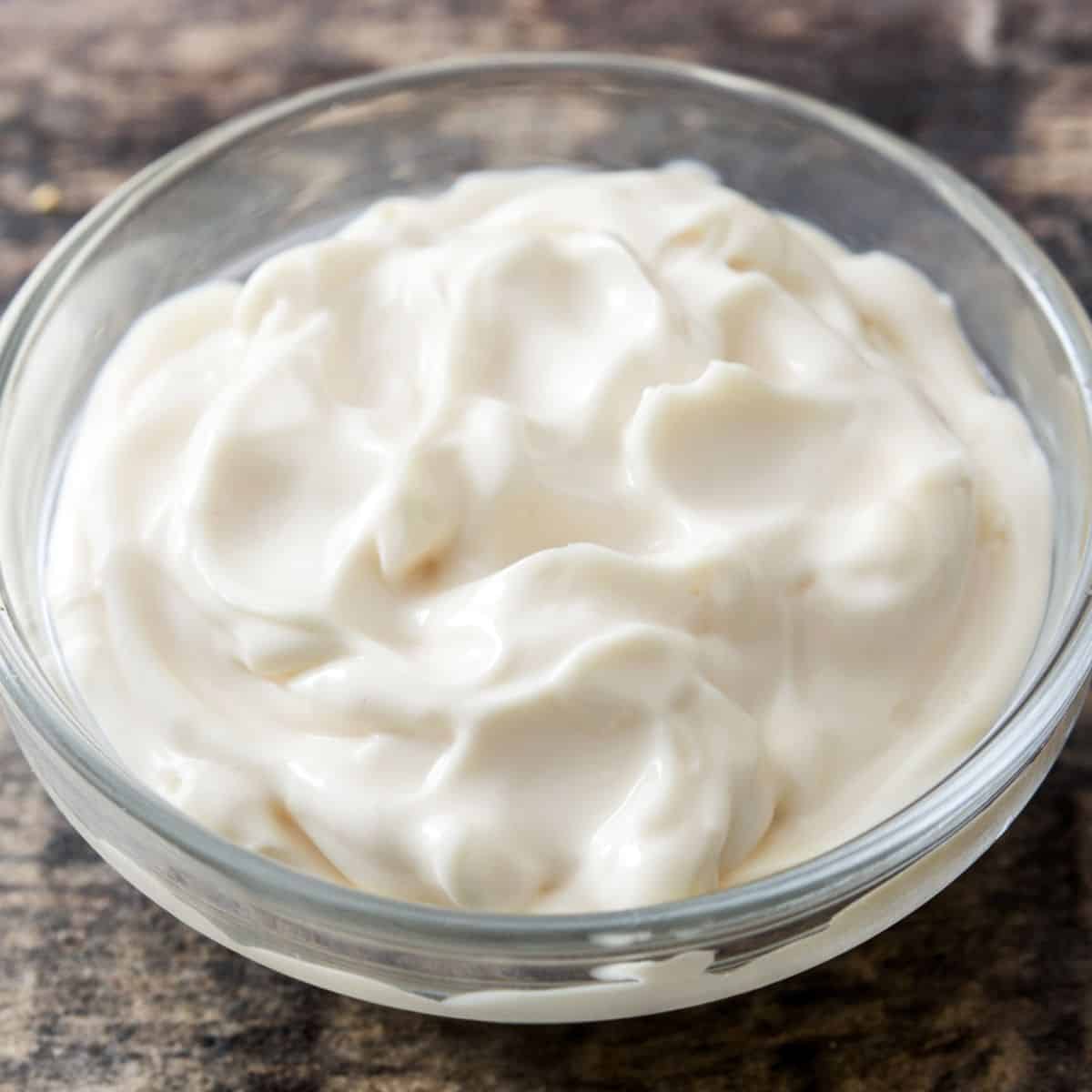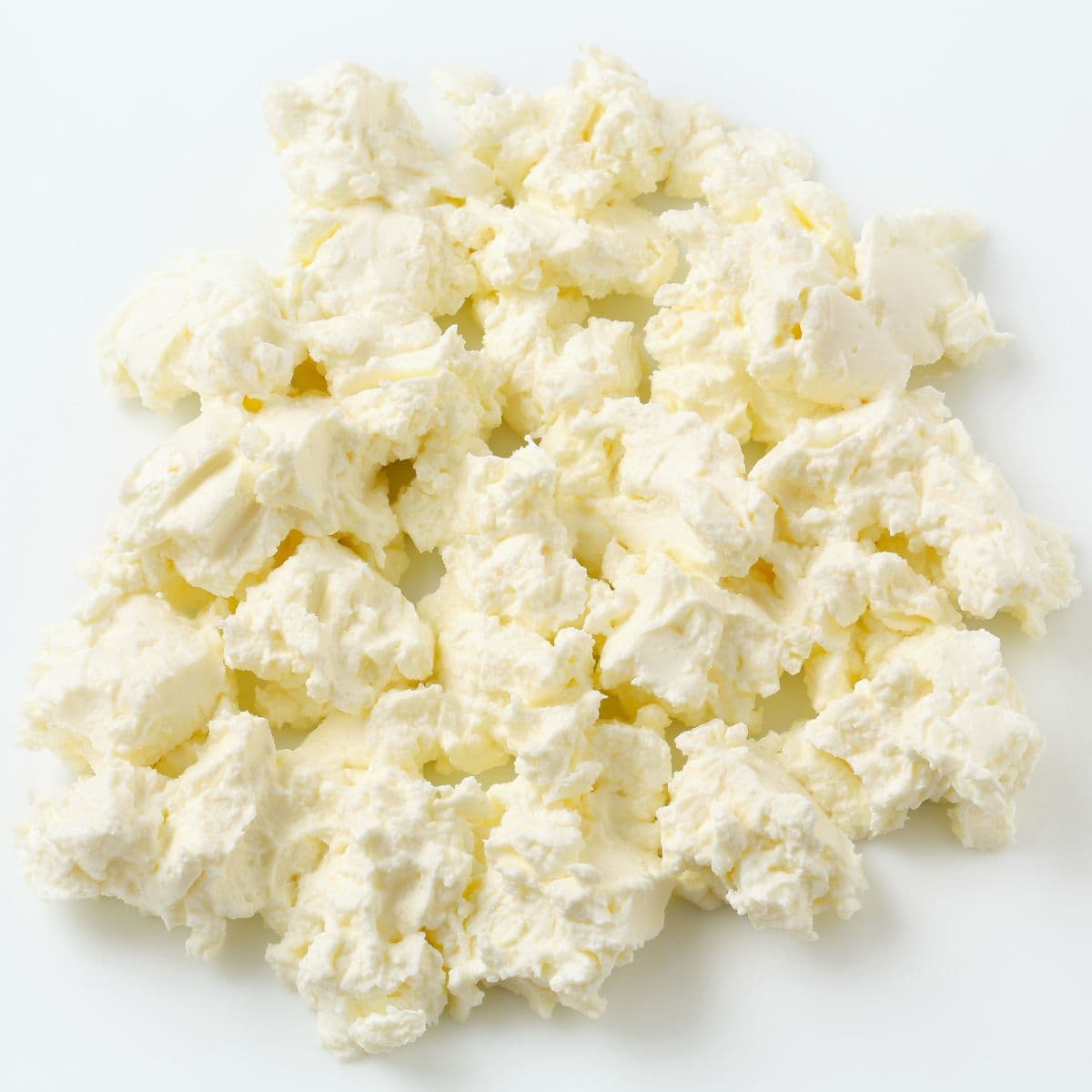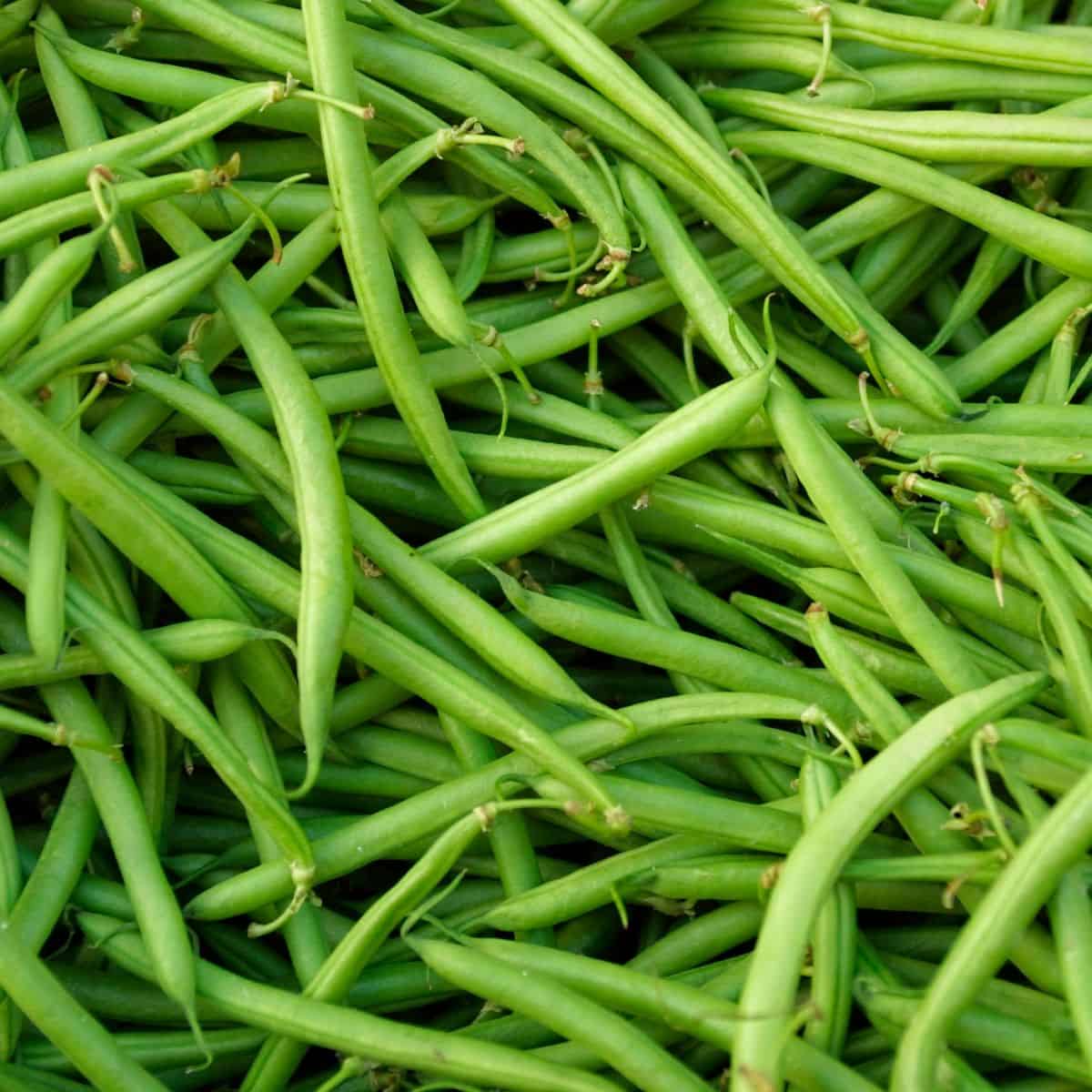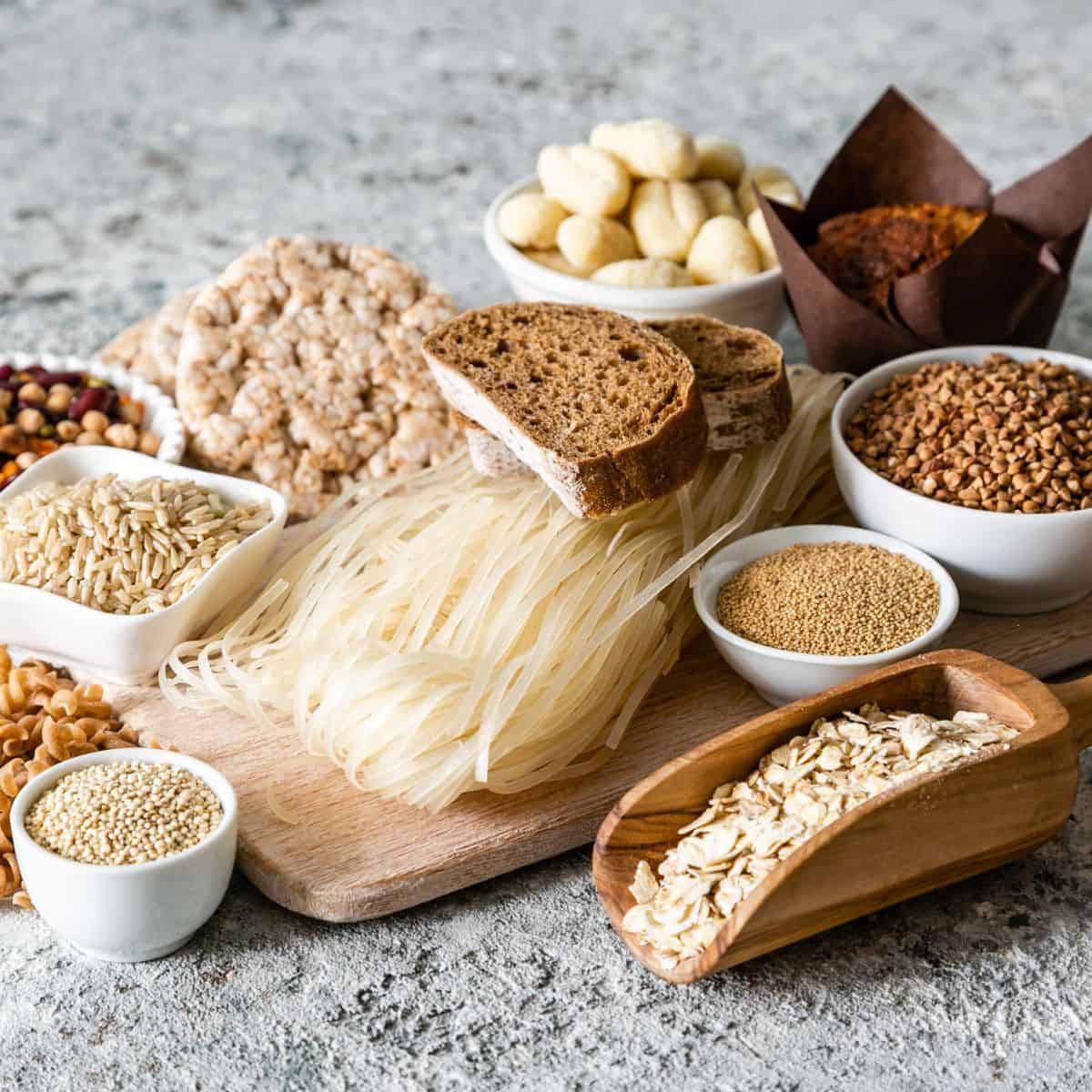Are you thinking of trying the keto or ketogenic diet? Before you get started, you should be aware of the seven most common mistakes people make. These mistakes can stall results and discourage the novice dieter from continuing.
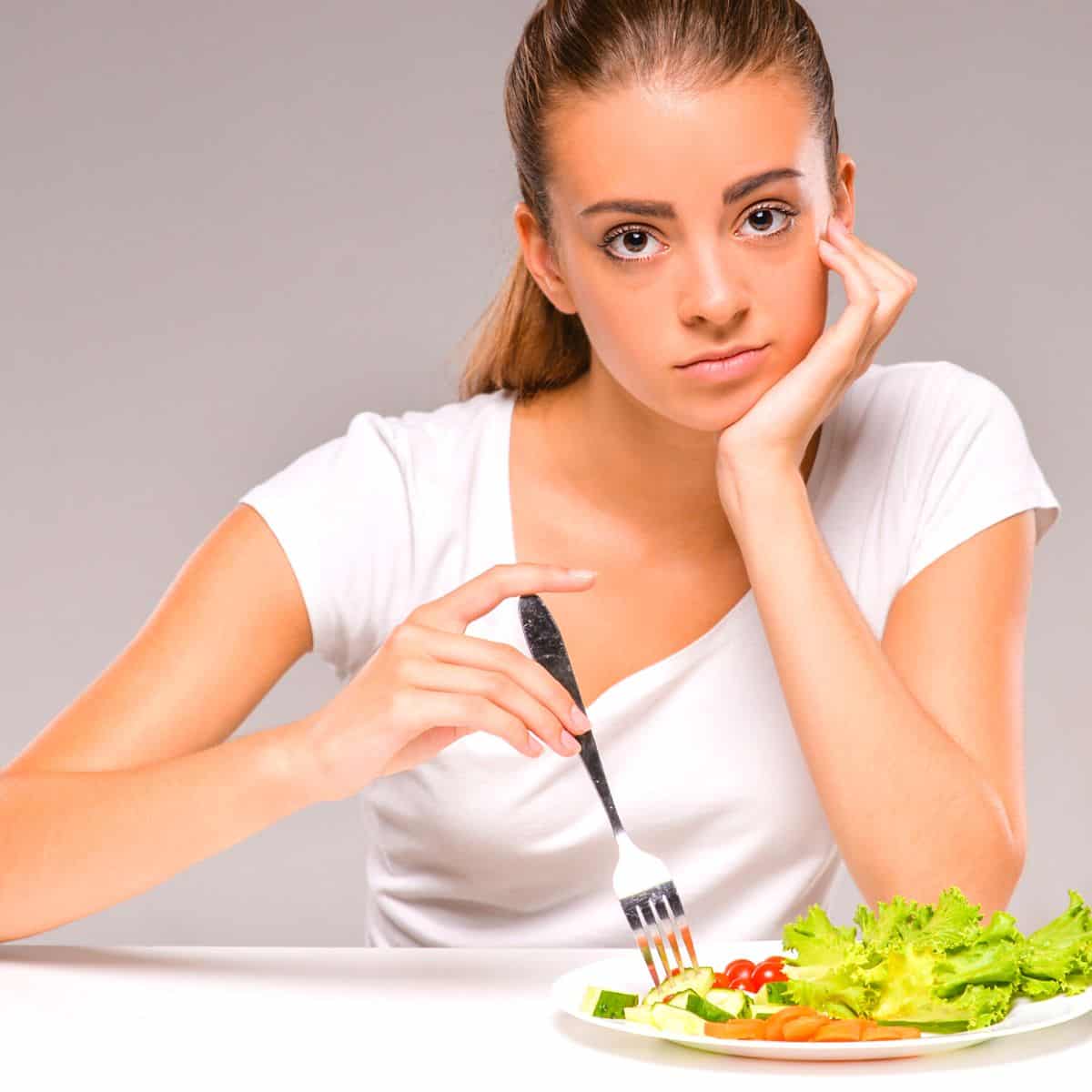
This blog post will explore the pitfalls of keto dieting and give you the tips and tricks needed to start and maintain the keto lifestyle successfully. Read on to learn about the seven biggest mistakes people make when starting the keto or ketogenic diet!
Jump to:
The ketogenic diet is a popular and effective way to lose weight and improve overall health. However, many people make mistakes when starting the Keto Diet, which can lead to frustration and feelings of failure. Knowing the most common Keto Diet mistakes can help you avoid them and stay on the path to success.
This article will discuss the seven most common mistakes people make when starting the Keto Diet:
1. Not Planning Ahead
It's essential to plan your keto meals ahead when starting your diet. You should plan out your meals and snacks for the week and make sure you have all the necessary ingredients on hand. You should also make sure to have healthy snacks available, such as nuts and seeds, to help you stay on track.
2. Not Consuming Enough Fat
The keto diet recommends that 60-75% of your total daily calories come from fat. This can be difficult for some people to achieve, as fat can be a bit more expensive than other macronutrients, such as carbohydrates and proteins.
When following the keto diet, it is important to include a variety of healthy fats in your diet. Healthy fats include avocados, olive oil, coconut oil, nuts, nut butter, and fatty fish, such as salmon and tuna.
3. Eating Too Many Calories
It's important to be aware of how many calories you consume daily. If you're not careful, you could eat too many calories, making it challenging to reach ketosis and leading to weight gain.
To prevent this, it's important to ensure you're counting your calories and tracking your macros. This can be done easily with a calorie-tracking app or a nutrition-tracking website.
4. Eating Too Much Protein
When you consume too much protein, your body breaks down the excess into glucose. This can increase blood sugar, which can cause your body to produce more insulin. Insulin is the hormone that helps your body store fat, making it harder to achieve the fat-burning benefits of the keto diet.
The general recommendation is to consume between 0.6 and 2.0 grams of protein per kg of body weight. This means that for someone who weighs 80 kg, the recommended daily protein intake would be between 48 and 160 grams per day.
5. Not Getting Enough Electrolytes
It's essential to replenish your electrolyte stores with foods such as leafy greens, avocados, and nuts. It would be best if you also considered supplementing with electrolytes such as magnesium, sodium, and potassium. Not getting enough electrolytes can lead to fatigue, headaches, muscle cramps, and nausea.
6. Snacking Too Much, Too Often
When snacking on the Keto diet, it's important to choose snacks low in carbs, high in fat, and moderate in protein. Some great Keto-friendly snack options include:
- Nuts and seeds
- Cheese
- Hard-boiled eggs
- Avocado
- Olives
- Dark chocolate
- Coconut chips
- Celery with nut butter
- Keto bars
It's also important to watch your portion sizes when snacking. Overeating can lead to weight gain, so it's best to stick to a few bites of your chosen snack.
Finally, it's also important to watch how often you snack. Eating too frequently can disrupt your body's natural hunger cues and lead to overeating. If you find yourself snacking more than three times a day, try to space out your meals and snacks to help keep your hunger in check.
7. Not Reading Food Labels
Food labels provide valuable information about the nutritional content of a food or product. They give the exact amounts of fat, protein, carbohydrates, sodium, and other nutrients. Knowing this information is essential for staying within your keto macros and avoiding foods with hidden carbs.
For example, many people on the keto diet don't realize that some condiments and sauces contain hidden carbs. Ketchup, for example, may have up to 1g of carbs per tablespoon. While this may not seem like a lot, it can add up quickly if you're not paying attention.
It's also important to read the ingredients list on food labels. Some foods may appear low in carbs but may contain ingredients high in carbs. For example, many salad dressings contain added sugar or other high-carb ingredients. If a food contains more than 5g of carbs per serving, it's best to avoid it.
Conclusion
It is not uncommon for someone to make a mistake when doing the ketogenic diet. It is vital to research the diet before starting and be aware of the potential side effects if done incorrectly. With careful monitoring and a well-researched keto diet plan, the ketogenic diet can be a safe and effective way to reach health goals.
Keto Diet Yum is your best source for keto diet meal ideas and other guides to help you start the ketogenic diet correctly. Check out our keto meal plans today!

